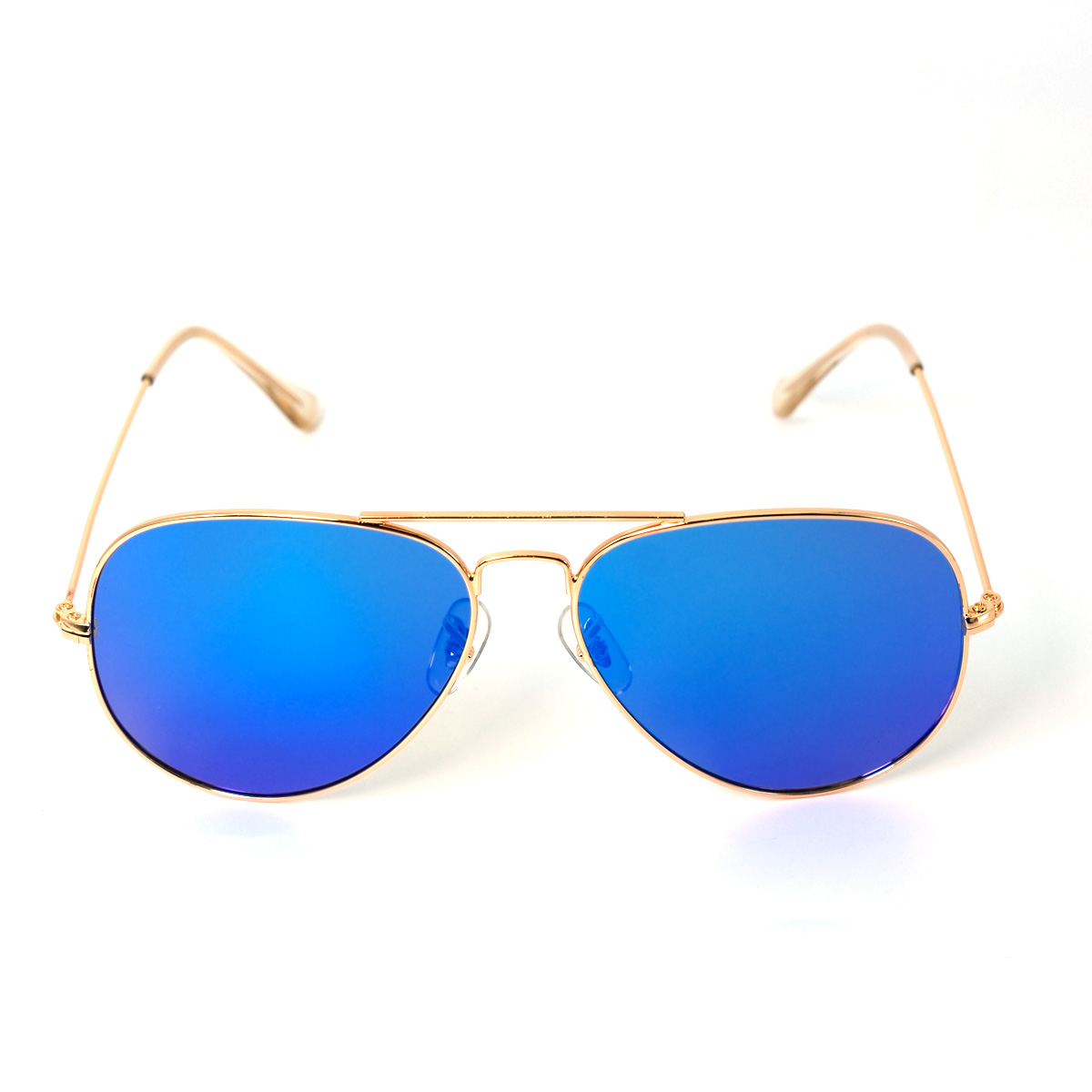What is the difference between lens -anti-blue light and non-blue light?
In today's digital age, our eyes are constantly exposed to screens emitting blue light from devices such as smartphones, tablets, and computers. This prolonged exposure has raised concerns about potential eye strain, fatigue, and sleep disturbances. To address these issues, lens manufacturers have developed specialized lenses, including anti-blue light and non-blue light lenses. In this article, we will explore the differences between these lens types, their benefits, and limitations, helping you make an informed choice for your visual needs.
Understanding Blue Light
Before delving into the specifics of anti-blue light and non-blue light lenses, it is crucial to understand blue light itself. Blue light is a high-energy visible light (HEV) that is emitted by natural sunlight as well as artificial sources such as electronic devices and LED lighting. It falls within the spectrum of visible light and has a shorter wavelength, which can penetrate the eye more deeply.
1. Anti-Blue Light Lenses
Anti-blue light lenses, also known as blue light blocking lenses, are specially designed to filter out or reduce the amount of blue light that reaches the eyes. These lenses incorporate a special coating that selectively blocks a portion of the blue light spectrum, typically within the range of 400 to 450 nanometers.
Benefits of Anti-Blue Light Lenses:
- Eye Strain Relief: By reducing blue light transmission, anti-blue light lenses can alleviate eye strain and fatigue caused by prolonged screen time.
- Sleep Improvement: Blue light exposure, especially in the evening, can disrupt the natural sleep-wake cycle. Anti-blue light lenses can help minimize this effect and promote better sleep.
- Glare Reduction: Anti-blue light coatings can also reduce glare from screens, enhancing visual comfort.
Limitations of Anti-Blue Light Lenses:
- Color Distortion: Some anti-blue light lenses may have a slight yellow or amber tint, which can alter the perception of colors. However, advancements in lens technology have led to more transparent coatings that minimize color distortion.
- Limited Protection Range: Anti-blue light lenses primarily target a specific range of blue light wavelengths. They may not block all blue light emitted by screens or other sources, but rather focus on the most harmful range.

2. Non-Blue Light Lenses
Non-blue light lenses, also known as clear lenses, do not have a specialized coating to block or filter blue light. These lenses are designed to provide clear vision without altering the color perception or visual experience.
Benefits of Non-Blue Light Lenses:
- Natural Color Perception: Unlike anti-blue light lenses, clear lenses do not have a tint or coating that affects color perception. They provide a more natural viewing experience.
- Versatility: Non-blue light lenses are suitable for use in various lighting conditions, not just for screen use. They offer clear vision for everyday activities.
Limitations of Non-Blue Light Lenses:
- Blue Light Exposure: Without a coating to filter blue light, non-blue light lenses do not provide the same level of protection against blue light exposure as anti-blue light lenses.
- Eye Strain and Sleep Disruption: Prolonged exposure to blue light from screens may still contribute to eye strain and sleep disturbances when using non-blue light lenses.
Choosing the Right Lens
When deciding between anti-blue light and non-blue light lenses, consider the following factors:
1. Usage: If you spend a significant amount of time in front of screens or work in an environment with high blue light exposure, anti-blue light lenses may be beneficial in reducing eye strain and improving sleep patterns.
2. Color Perception: If color accuracy is critical for your work or personal activities, non-blue light lenses may be preferred as they do not alter color perception.
3. Personal Preference: Some individuals may find the slight tint of anti-blue light lenses bothersome or prefer the natural appearance of non-blue light lenses.
Conclusion
Anti-blue light lenses and non-blue light lenses offer different approaches to addressing the potential effects of blue light exposure. Anti-blue light lenses provide targeted protection by filtering out a specific range of harmful blue light, offering relief from eye strain and sleep disturbances. On the other hand, non-blue light lenses provide clear vision without altering color perception, making them versatile for various lighting conditions.
When choosing between these lens types, consider your specific visual needs, lifestyle, and preferences. If you are unsure, consult with an eye care professional who can provide personalized recommendations based on your individual requirements. Remember, regardless of the lens type, it is important to practice healthy screen habits, such as taking regular breaks and maintaining appropriate screen distances, to reduce eye strain and promote overall eye health.
